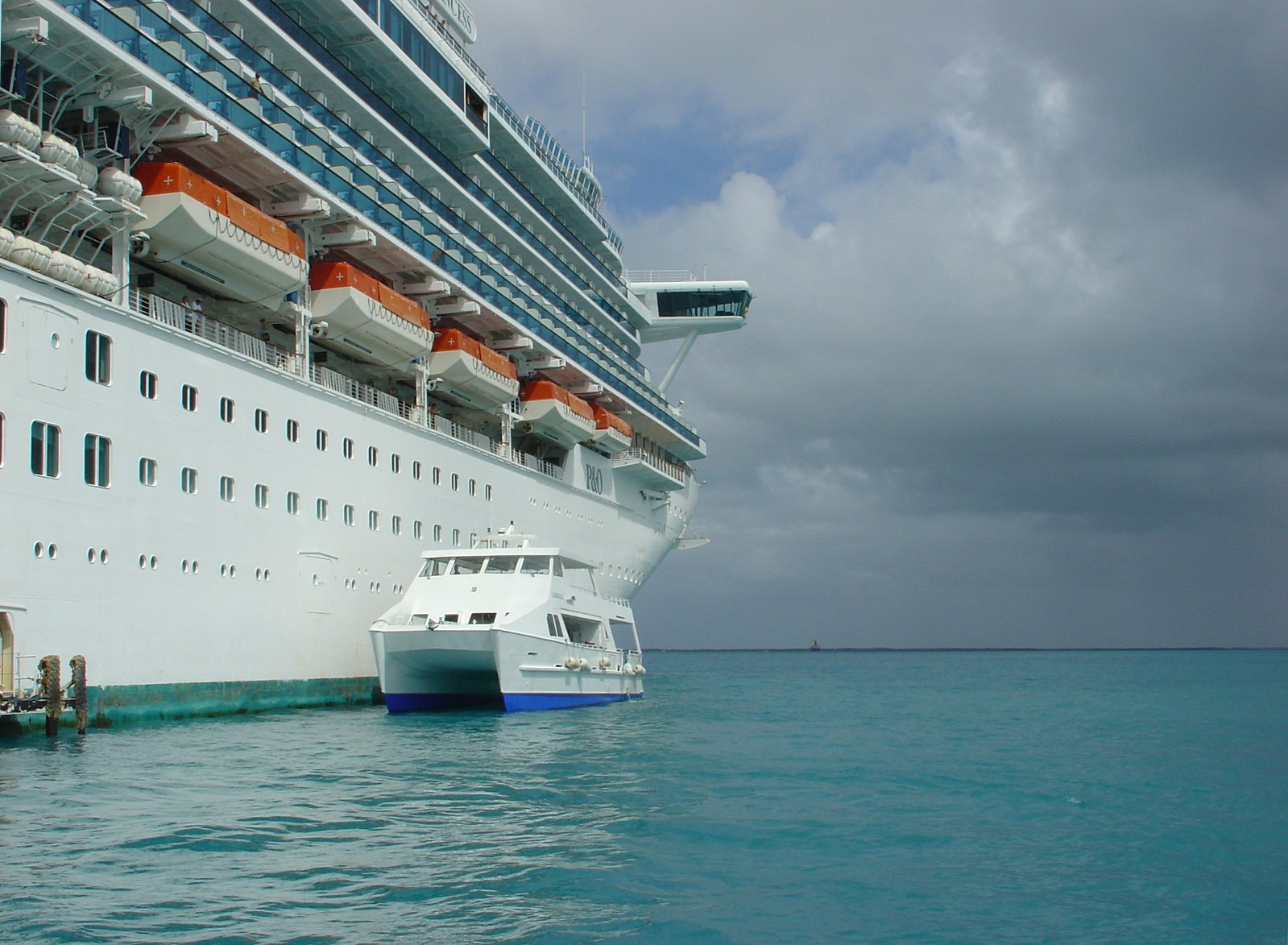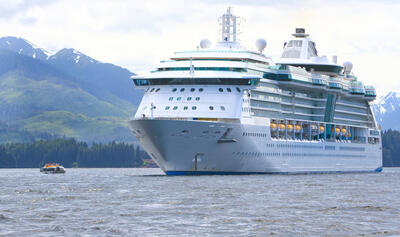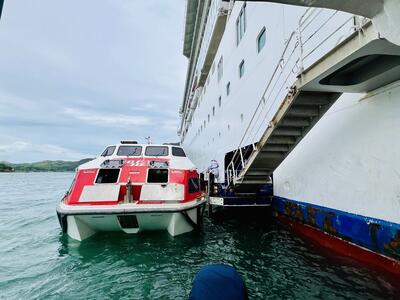
What Is a Tender?
A tender refers to the ferry boats that take crew or passengers between the cruise ship and shore. These small vessels may be private craft hired by the cruise line, or the ship's lifeboats used to get people to and from the shore.
Tenders are used in ports of call where there is no pier for ships to dock at, or in situations where docking is unavailable, such as in poor weather conditions. Tenders used to be much more commonplace, but more ports are building piers to handle larger ships, which has lessened the need for tenders.
For example, part of Royal Caribbean's multi-million dollar investment in CocoCay meant building a pier. When the island reopened in 2019 as Perfect Day at CocoCay, guests didn't have to take a shuttle to get to shore.
Key Takeaways
- A tender is a small vessel that can take people to and from the ship and port.
- Tenders are sometimes private boats run by outside companies, or the cruise line may use their own lifeboats or fleet of small vessels.
- Tendering occurs in ports where the ship cannot or is unable to dock, such as Grand Cayman or Santorini, Greece.
Understanding a ship's tender
A tender is a small boat that helps move passengers on a cruise ship to and from the port they are visiting. Tenders allow cruise ships to visit ports of call that have small or basic dock facilities.
Tenders are necessary when a port doesn't have a pier. This could be because the water is too shallow.
There's often a wait for tender boats, as it takes time for the tender to tie up the side of the ship, offload whoever is on them, load the new passengers, and then head to shore before returning to do it all again.
Depending on the distance tenders have to traverse, the process can be lengthy, and it is not uncommon for long waits on the ship.
Tender service is usually included with your cruise fare when it is operated by the cruise line.

What is the difference between docked and tendered?
Cruise lines rely on tender service to visit certain ports, although more ports have constructed large piers to handle larger ships. In the case where a pier is present that can accommodate the cruise ship, tendering is unnecessary.
Most often, a cruise ship will dock at a pier attached to the port. Once the vessel is secured to the pier, passengers walk off the ship via a gangway (ramp).
Being docked makes for a significantly faster embarkation and disembarkation process for guests. During peak times, there can still be lines while a ship is docked, but the lines move quicker than lines for a tender.
Moreover, tenders can sometimes lead to queasiness in some guests from the bobbing up and down in the ocean, as well as fumes from the engines.
Tenders do have one advantage in offering a scenic ride to and from the ship. However, if you are prone to seasickness, a port where the ship docks is a better option when planning shore excursions.
Docking is faster and the most common way ships visit ports, but lines are not unheard of either. Tenders take longer, but offer a scenic start and end to their port of call visit.

Your ship will provide specific tendering instructions. You'll typically receive information the night before. Some ships require guests to pick up a tender group number to help combat lines. Others let passengers board first come, first served. Group numbers aren't required for the tender back to the cruise ship.
